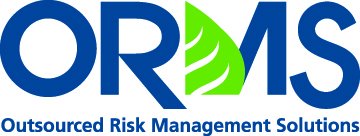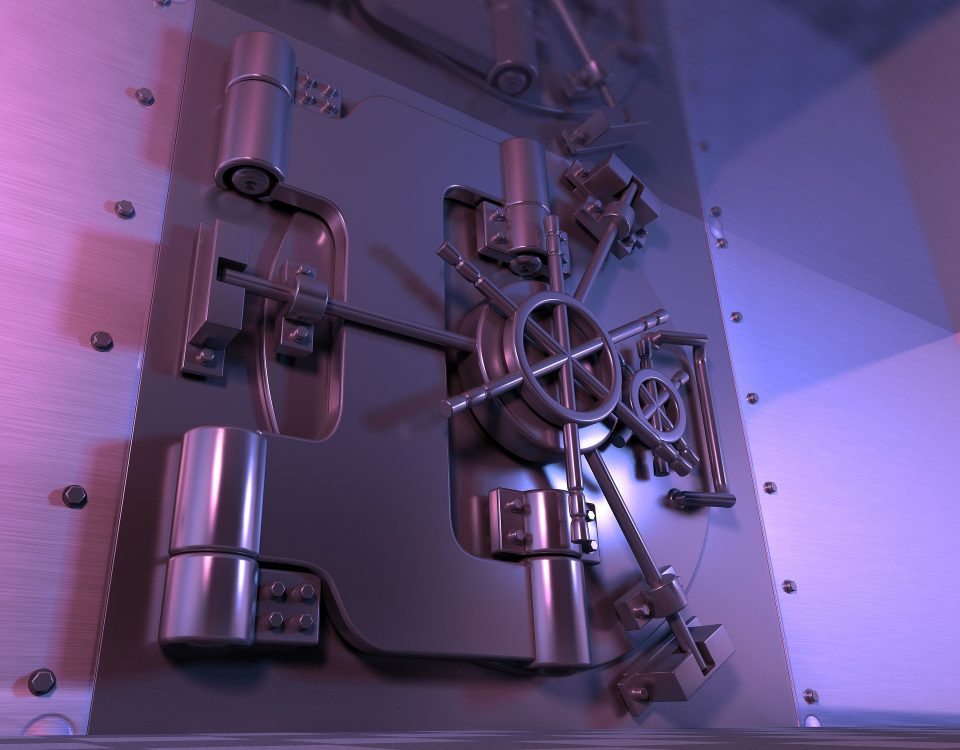New Changes to SBA Environmental Guidance Now in Effect
RMA – Environmental Risk Management
March 20, 2017Technology + Expertise is the Recipe for Successful Environmental Risk Management
March 21, 2018New Changes to SBA Environmental Guidance Now in Effect
The Small Business Administration (SBA) recently released an update to its Standard Operating Procedure (SOP 50 10 5 (J)), affecting all CDC/504 and 7(a) commercial loans. Version J is the tenth update to the guidance and went into effect on January 1, 2018.
Although this update includes the first revisions to the SBA’s environmental guidance since 2014, the changes are not monumental. However, there are a few areas that will impact your lending program:
- Dry Cleaners: The SOP now mandates a Phase II ESA, in addition to a Phase I, for any property that currently has or has held dry cleaning operations on-site, that used chlorinated or petroleum-based solvents. This replaces the previous requirement covering dry cleaners in operation for five years or more. The new guidance is cut-and-dry and removes any opportunity for an environmental professional (EP) to use discretion for dry cleaning facilities in operation for less than five years. The new SOP also requires the EP to address soil vapor pathway and soil vapor intrusion in its investigation.
- Phase I Shelf Life: Version J allows lenders to use Phase I ESAs up to one year old for new real estate loans that require such due diligence. This is a change from the former 6-month timeframe.
- Gas stations: The process for gas station properties, which begins with a Phase I ESA, has mostly stayed the same. The SBA continues to emphasize that a Phase I must include a clear statement of and supporting documentation for the environmental professional’s determination of tank and equipment testing compliance.
- Records Search with Risk Assessment (RSRA): The SBA has clarified its guidance that property use must be researched back to the property’s first developed use, or 1940, whichever is earlier. In addition, the RSRA must include all supporting documentation, including database reports and the historical records relied upon.
- Reliance Letter: Consistent with past versions of the SOP, the SBA has re-emphasized that the reliance letter signed by the environmental professional may not be modified.
- NAICS Codes: The NAICS Codes of environmentally sensitive industries are included in Appendix 4 of the SOP 50 10 5(J). A Phase I is required if the current or former use of the subject property matches one of these industry codes. The list of environmentally sensitive industries has been amended in version J as follows:
- 484 Trucking (if service bays, truck washing or fuel tanks present) – NEW ADDITION;
- 713990 Other Recreational Industries (indoor and outdoor shooting ranges only) – NEW ADDITION;
- 316 Leather/Allied Product Mfg (not required if assembly only);
- 326 Plastics and Rubber Products Mfg (not required if assembly only);
- 332 Fabricated Metal Product Mfg (not required if assembly only);
- 8122 Death Care Services (unless no embalming or cremation at the property)
The revised SOP also REQUIRES lenders to obtain proof that their EP has $1 million in E&O insurance coverage as of the date of the investigation.
It’s a good idea to check with your environmental professional to ensure they are following these rules and adjusting their reporting and review processes to reflect the latest changes to the SBA’s standard operating procedures.

